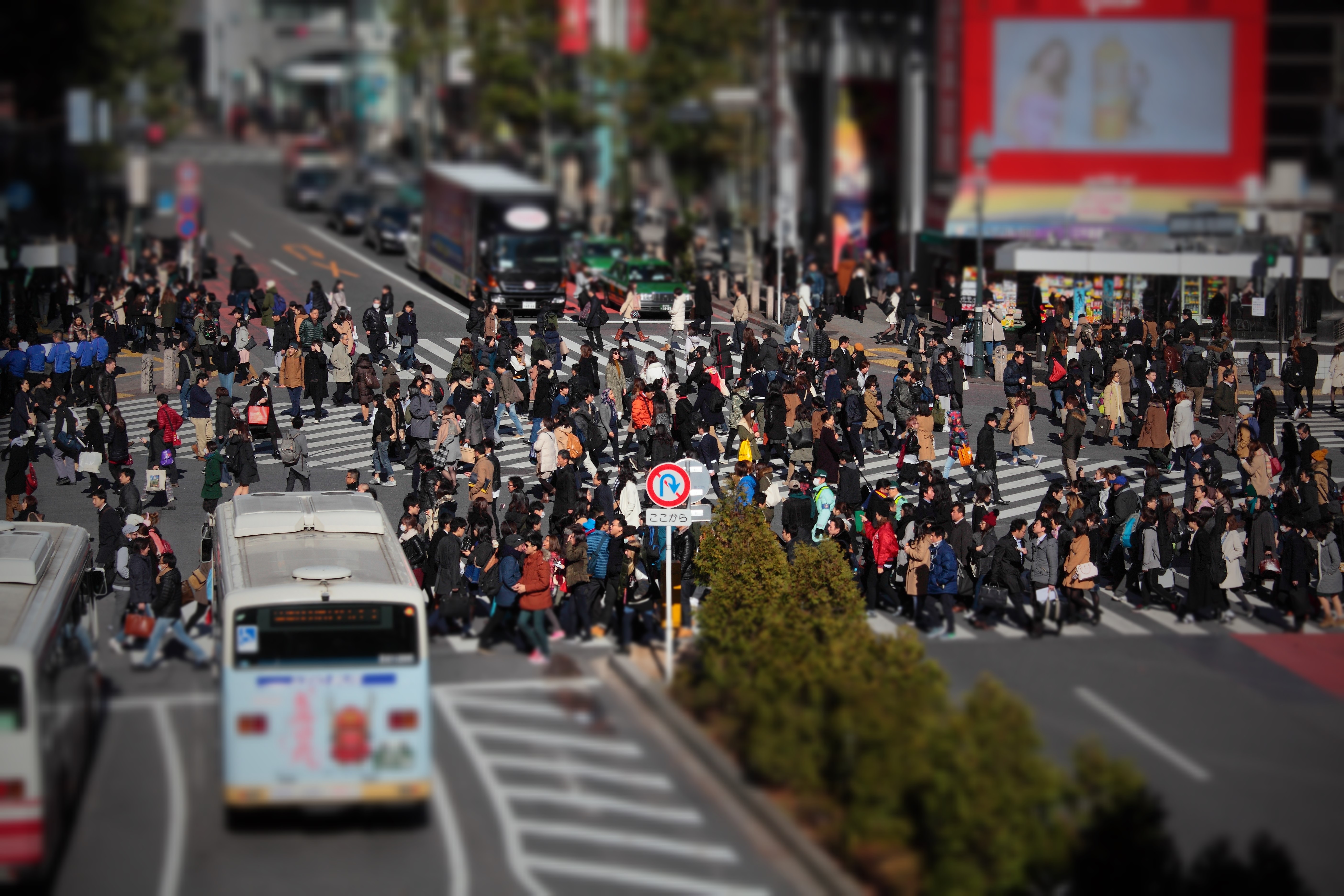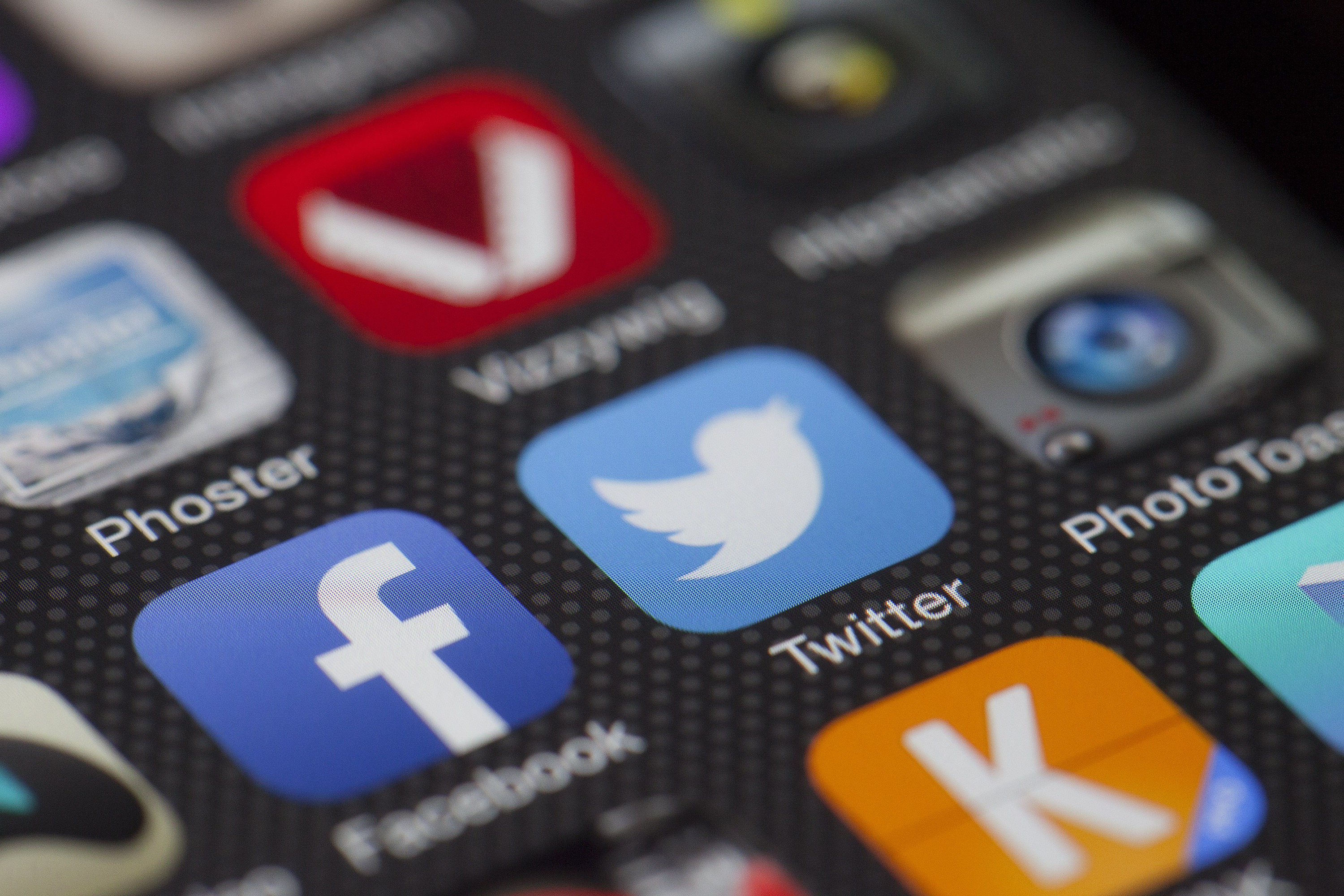One question that I'm very interested in is what makes certain things appeal across cultural and ethnic lines? Is there something inherent that is universally liked? Is it the sheer force of marketing and distribution channels that push these products? Has it been adapted to the local market? What is it about the culture or society that pushes for the acceptance or rejection of the product? This could be asked of many different products like movies, books, TV shows, apps, fashion, games, and foods. I hope to explore in more details about many of these products.
Traveling across the world can give us some idea of how this plays out in the real world. You see certain local food items made specifically for a certain market for such multinational corporations like McDonald's. Often times books or games are strictly translated to a certain language but not heavily modified for international releases. Some websites or apps are extremely popular in certain countries but not others. For some countries, it might be a preference for locally-produced versions or government intervention that forces adoption of local products. For other countries, it might be that it just caught on or was the first app introduced, translated and/or marketed to the country.

In our very openly interconnected world with the internet and fast transportation, there opens up many more choices to consumers especially once products that are targeted internationally are translated to local languages or transported internationally. So what is the biggest driving force behind adoption of products or is the driving force more on a case-by-case basis?
One interesting case study for this is the adoption of local and international social media apps/websites in Japan. Japan is one of the most connected countries with about 91% of the population using the internet.1 There are locally-made apps that really caught on in the beginning but U.S.-made apps have been able to make significant inroads. The adoption percentages of these apps and websites have really ebbed and flowed especially in the recent past and have at times been driven by strong outside factors.
From personal experience, I was aware of some of these patterns myself being in Japan in the late 90s and visiting the country rather often subsequently. There was definitely a stark beginning point where almost all of my family and friends in Japan started using Facebook and thus connected easily to their American friends and relatives. It was rather surprising knowing that there was such a cultural disdain that I kept hearing of the average Japanese person towards using real names in social media. Apparently, people got over that issue or perhaps it wasn't that much of a problem in the first place.
For a long while starting around 2005, a few Japanese social networking sites including GREE and Mixi were the dominant social networking sites.2 Despite launching a localized version in 2008,3 it wasn't until around 2011 that Facebook's usage started to really increase. According to various articles, a few big events helped change Facebook's fortunes. One was a very unfortunate event of the large earthquake and tsunami in 2011 and the other was the release of "The Social Network" movie. 45 Without the anonymity that the other social networks provided, people could find out real-time updates about loved ones and friends with the data connections that were still available. The release of the movie piqued people's curiosity and helped to make Facebook more popular. Despite a slight dip in user numbers between 2012 and 2013,6 Facebook has generally been increasing its user base in Japan with recent figures showing about 26 million users in 2016.7 As Facebook rose, the other Japanese sites like Mixi and GREE faded or changed their focus.

Other U.S.-based social networking companies like Twitter and Facebook-owned Instagram have been making inroads as well. Twitter has seen user numbers of 26 million in 20158 grow to 40 million in 2016.7 Instagram has grown from 9 million users in 20158 to 12 million in 2016.7
However, the dominant player in the social media realm since launching in 2011 has been LINE, a social media app developed in Japan by a Japanese branch of a South Korean company Naver.9 LINE's user numbers have started around 30 million in 2013 and most recently has reached 70 million in 2017.10 LINE's emojis and stickers have been a hit and a big revenue source for the app. In 2015, LINE generated $268 million in revenue just from the sale of stickers for messaging.11
One prominent social networking site that has done well in other parts of the world but not Japan is Microsoft-owned LinkedIn. Despite launching a Japanese version of the site in 2011,9 user numbers were around 340,000 as of fall 201512 and has reached around 1 million users by 2016.7 Some of the commonly cited reasons for the lack of adoption are that Japanese culture frowns upon self-promotion and usually people don't do a lot of job switching in Japan.48 People usually use Facebook for job-hunting in Japan unlike the U.S. where LinkedIn is popular for that.8 There were also issues for the localization of the product whereby there was no adoption of the Japanese-style resume 8 and some Japanese-specific customizations were not integrated into the site.12
Reading through these articles and advice columns, it's crystal clear that culture needs to be taken into account when trying to adapt to a country like Japan especially for Western companies. Japan is fundamentally different in some ways that should be considered when localization is done. These types of considerations are especially important for something like a social network where socializing in real life with certain cultural constructs and restraints in place need some translation to socializing on the web. Besides adapting to the culture, it's also important to keep up with technological trends as evidenced by the fall of Mixi and GREE in this space. Mixi and GREE have adapted their companies to succeed in other spaces like mobile gaming so they are still around but the success they had in the earlier years of social media has disappeared.1213 LINE has been doing well in Japan and in Asia, and one aspect that they have pushed is the delivery of many services and technologies through the app by diversification of technical features and customization based on culture (e.g. stickers)14 akin to what WeChat has done in China.15 Both LINE and WeChat are locally developed products, but Western companies can make inroads and do well in Asia as evidenced by Facebook and Twitter's success in the Japanese market.
Another case study of this is an examination of social media in China which I would like to discuss in a future post.
-
http://www.internetlivestats.com/internet-users/japan/ "Japan Internet Users" ↩
-
http://www.digitalintheround.com/japan-mixi-facebook/ "The story of Mixi in Japan: the rise, the fall and the Facebook takeover" ↩
-
https://japansocietyny.blogspot.com/2013/10/a-brief-history-of-social-media-in-japan.html "A Brief History of Social Media In Japan" ↩
-
http://www.socialmediatoday.com/content/social-media-fast-facts-japan "Social Media Fast Facts: Japan" ↩
-
http://blog.btrax.com/en/2015/04/27/2015-top-japanese-social-media-networks-2/ "Top Japanese Social Media Networks" ↩
-
http://en.rocketnews24.com/2013/06/04/facebook-users-in-japan-losing-interest-and-heading-for-the-exits/ "Facebook users in Japan losing interest and heading for the exits" ↩
-
http://www.humblebunny.com/japans-top-social-media-networks-2017/ "Japan’s Top Social Media Networks for 2017" ↩
-
https://www.linkedin.com/pulse/japans-top-social-media-networks-2016-caylon-neely "JAPAN’S TOP SOCIAL MEDIA NETWORKS FOR 2016" ↩
-
https://www.motionpoint.com/blog/social-media-in-japan/ "Social Media in Japan" ↩
-
https://www.statista.com/statistics/560545/number-of-monthly-active-line-app-users-japan/ "Number of monthly active LINE users in Japan" ↩
-
https://qz.com/704768/line-sold-268-million-worth-of-stickers-last-year-amid-asias-messaging-boom/ "Line sold $268 million worth of stickers last year amid Asia’s messaging boom" ↩
-
https://venturebeat.com/2015/11/28/5-things-us-techies-need-to-know-about-japans-social-media-ecosystem/ "5 things U.S. techies need to know about Japan’s social media ecosystem" ↩
-
http://blog.btrax.com/en/2016/01/26/japans-social-media-landscape-in-2016/ "Japan’s Social Media Landscape in 2016" ↩
-
http://www.humblebunny.com/line-japans-favorite-mobile-messenger-app/ "LINE—Japan’s Favorite Mobile Messenger App" ↩
-
http://www.businessinsider.com/wechat-why-it-dominates-china-2015-8 "This Chinese messaging app is taking the country by storm — and Facebook should pay attention" ↩
